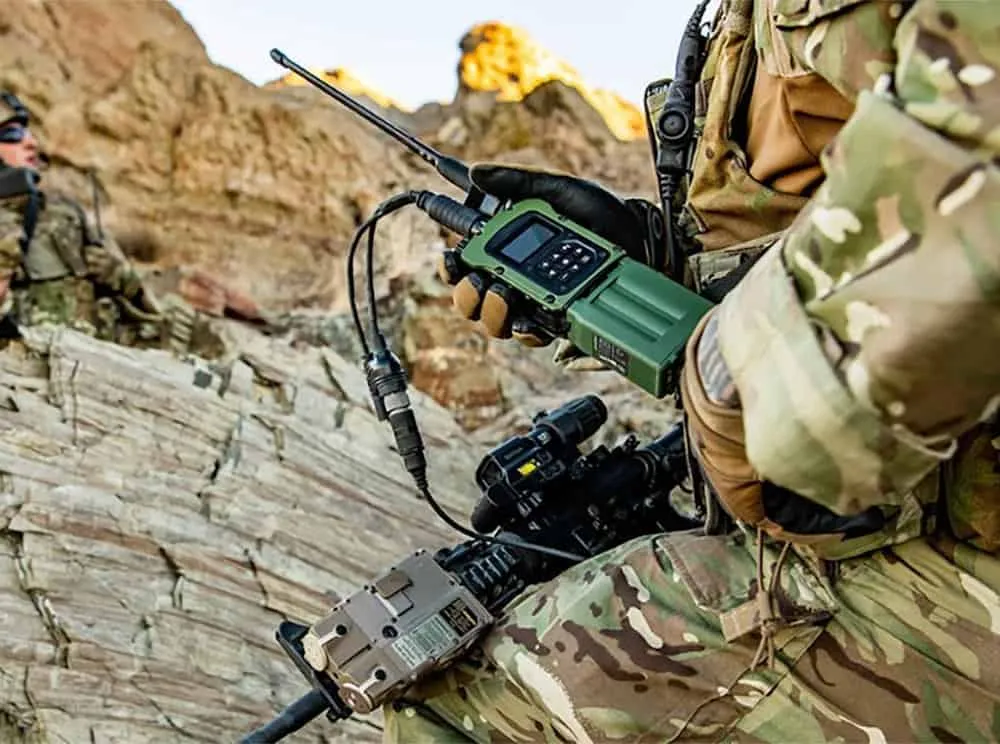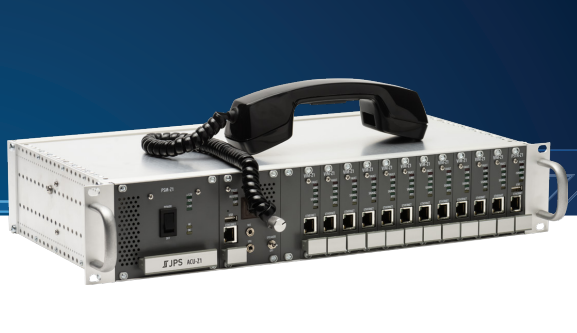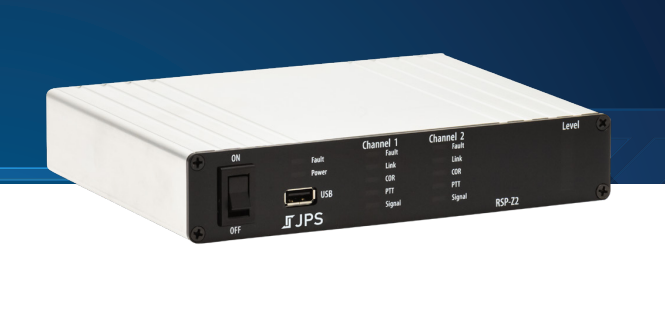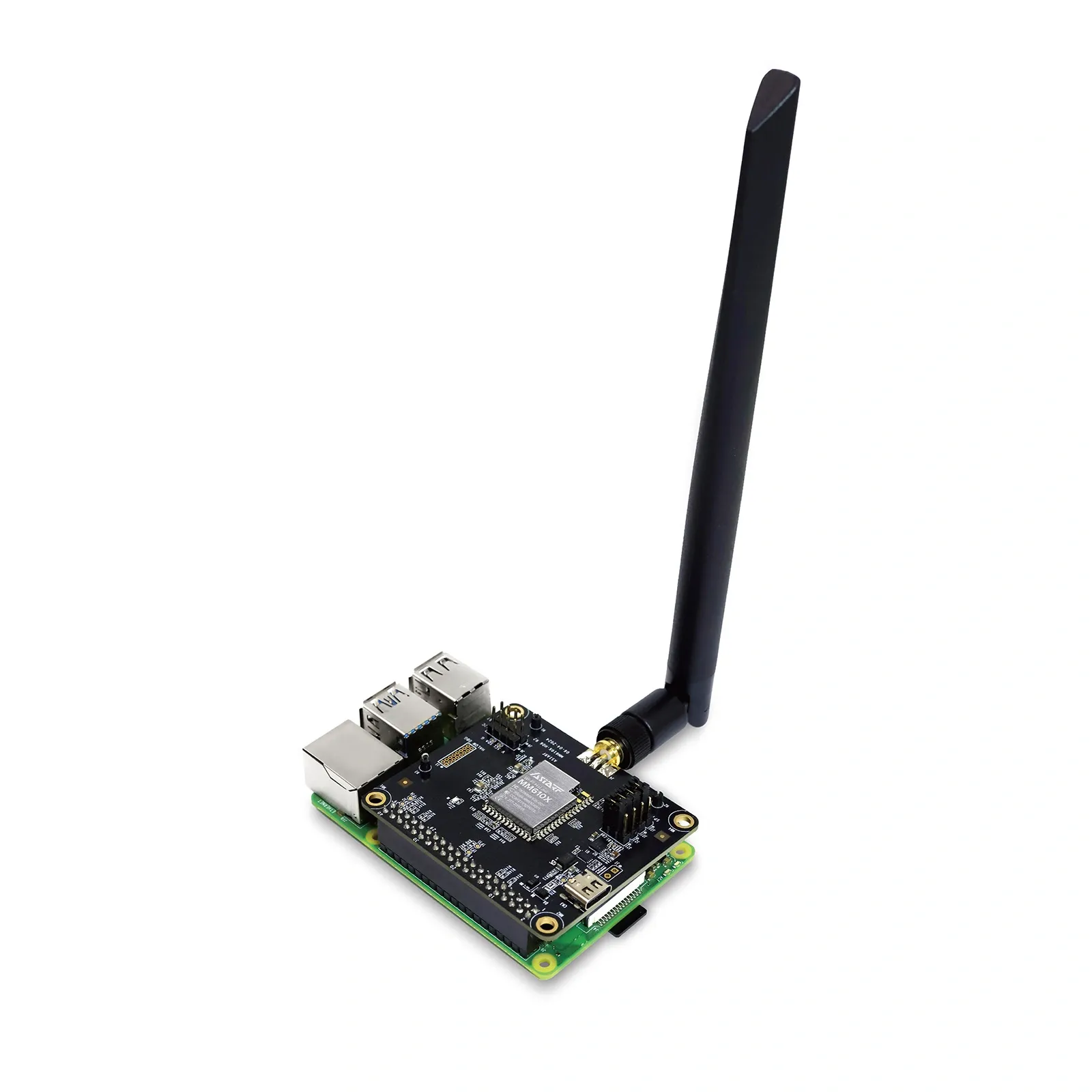combat communications
combat radio
military communications
military radio
software defined radio
tactical communications
bluesituationalawareness, cognitiveradio, comsec, defensetechnology, encryptedcomms, frequencyhopping, HFRadio, MANET, manpackradio, meshnetworking, militarycommunications, modernwarfare, radiooperator, SATCOM, sdr, signalcorps, SoftwareDefinedRadio, tacticalgear, tacticalradio, vehicularradio
9M2PJU
0 Comments
Key Capabilities of Modern Tactical Radios
In the modern battlespace, communication is not just a support function—it’s a weapon. Tactical radios have evolved far beyond simple voice transmission devices. They are now high-tech platforms packed with software-defined flexibility, encrypted networking, GPS integration, anti-jam resilience, and even artificial intelligence. Let’s explore the key capabilities that define today’s modern tactical radios, and the technologies driving their performance on the frontlines.
🧠 1. Software-Defined Radio (SDR)
The cornerstone of modern tactical communication is software-defined radio (SDR). Unlike traditional radios built for a specific band or protocol, SDRs use software to switch between frequencies, waveforms, and modes in real-time.
Features:
- Supports multiple waveforms (e.g., SINCGARS, HAVEQUICK, TSM-X, NATO STANAGs)
- Reprogrammable for future upgrades
- Combines voice, data, and video in a single unit
- Interoperable across joint and coalition forces
Example Systems:
- L3Harris Falcon III AN/PRC-117G
- Thales SYNAPS
- Rohde & Schwarz SOVERON
🔁 2. Frequency Hopping and Spread Spectrum
To survive in electronic warfare environments, tactical radios use frequency hopping—rapidly switching frequencies hundreds of times per second based on a cryptographic algorithm.
Benefits:
- Highly resistant to jamming and interception
- Works seamlessly with time synchronization (GPS-based or internal clock)
- Often combined with direct sequence spread spectrum (DSSS) for further resilience
Real-World Application:
- Used in SINCGARS and HAVEQUICK radios
- Essential in environments with known enemy jamming capability
🔒 3. Advanced Encryption and COMSEC
Security is paramount. Modern radios embed NSA-approved or military-grade AES encryption to protect sensitive communications from interception or spoofing.
Capabilities:
- Over-the-air rekeying (OTAR)
- Two-factor authentication (device + crypto key)
- End-to-end encrypted voice, data, and control signals
- Secure interoperability with allied forces
📶 4. Multi-Band and Multi-Mode Operation
Modern radios support simultaneous operation across HF, VHF, UHF, and SATCOM bands, providing flexibility across all tactical levels.
What This Enables:
- HF for long-distance, BLOS communication
- VHF/UHF for local line-of-sight (LOS)
- SATCOM for global connectivity
- Seamless transition between ground, airborne, and naval assets
🌍 5. Satellite Communication (SATCOM)
SATCOM-enabled tactical radios provide global reach, especially when line-of-sight communication is impossible (e.g., in mountainous or urban terrain).
Highlights:
- Integration with MUOS, Inmarsat, Iridium, and military satellites
- Works with manpack, vehicular, and airborne platforms
- Supports real-time voice, data, and video
🔁 6. Tactical Mesh Networking
Mesh radios create self-forming, self-healing networks that adapt dynamically to changes in topology, ideal for decentralized operations.
Key Technologies:
- Mobile Ad Hoc Networks (MANETs)
- Supports simultaneous data/video/telemetry
- Nodes automatically route around interference or damage
Used In:
- Dismounted troops
- Unmanned ground vehicles (UGVs)
- Drones (UAVs) and special operations
Examples:
- Persistent Systems Wave Relay
- Silvus Technologies StreamCaster
🧭 7. GPS Integration and Blue Force Tracking
Tactical radios now often include built-in GPS and situational awareness tools, allowing real-time tracking of friendly units (BFT).
Capabilities:
- Real-time location updates to command center
- Integrated mapping overlays and navigation aids
- Alerts for proximity to enemies or designated zones
🤖 8. Cognitive and Adaptive Radios (Next-Gen)
Cutting-edge military radios are beginning to include AI-driven features, adapting to RF environments on the fly.
What’s Emerging:
- Real-time spectrum analysis to avoid jamming
- Autonomous waveform selection
- Intelligent routing across mesh, SATCOM, and terrestrial links
Strategic Benefit:
- Resilience in denied environments (e.g., GPS or SATCOM degradation)
- Reduced human workload for radio configuration
📡 9. Automatic Link Establishment (ALE)
Used primarily in HF radios, ALE automates the process of finding the best frequency and link conditions—critical for long-range BLOS communications.
Benefits:
- Reduces operator workload
- Establishes secure links automatically
- Compatible with digital and encrypted modes
🛠️ 10. Modular and Scalable Design
Modern radios follow a modular hardware design, allowing militaries to tailor systems to mission requirements without swapping entire platforms.
Modular Options:
- Hot-swappable batteries
- Expansion modules (SATCOM, crypto, data)
- Remote control via smartphone or rugged tablets
Final Thoughts
The modern tactical radio is no longer just a microphone and speaker—it’s a smart, secure, adaptive communication platform. From manpack radios on the battlefield to mesh radios linking UAVs and autonomous vehicles, the integration of SDR, encryption, AI, and satellite capability makes these systems vital to modern warfare.
As radio enthusiasts and amateur operators, understanding these technologies offers a glimpse into how innovation in military communications often filters down into civilian and ham radio advancements.







Post Comment